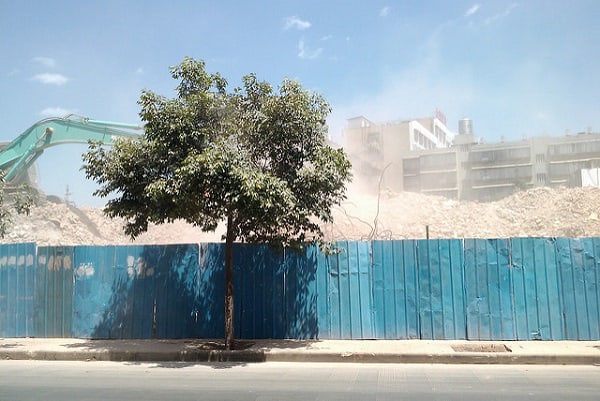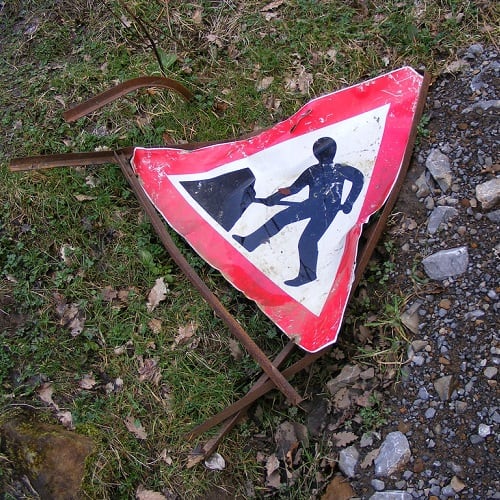By some estimates, one in ten thousand people in Turkey is an unemployed archaeologist. In an alternative café while on a last-minute contract in Istanbul, I got talking to someone and found out that he was one too. We laughed that we were there because neither one of us could find work as an archaeologist. However, that meeting is not as unlikely as it sounds, because archaeological (un)employment in Turkey is more political than economic.
An ethical and legal component of urban development, archaeology is bound up with both displacement and resistance against loss.
In 2012, tourism generated 23,000,000,000 lira; and revenues directly from cultural heritage sites were 280,000,000 lira; yet the budget for archaeology was 23,000,000 lira. This cut-price revenue-raising is built into the structure of professional training, as perhaps six or eight thousand student archaeologists perform extensive excavations as part of their degrees (two thousand a year in four-year courses). When they graduate, much of the labour that they could provide is instead provided by their “successors”. As documented by Radikal journalist Ömer Erbil, already before the Gezi uprising, archaeologists had ‘rebelled [isyan etti]’.
And such a revolt was only one crest in converging waves of movement that flowed from attempts to prevent or mitigate displacement and destruction in works for Uzunçayır Reservoir, Pembelik Dam and Uzunçayır Dam in the Southeast, for the renovation of Sulukule in Istanbul and for the development of the historic environment more generally.

In these infrastructural projects and gentrification processes, the law was often bent or broken or retroactively legalised by the state.
One of the essential acts of lawfare was the exclusion of archaeologists from work, the prevention of archaeologists’ fulfilment of their professional and legal responsibilities, because such work would preserve the memory of politically inconvenient communities and histories. Through all of these struggles, solidarities and alliances were forged amongst environmental activists, cultural heritage professionals (from archaeologists to architects) and affected communities.
These and even more struggles came together in Gezi Park (and the adjacent Taksim Square), the focal point of the nationwide Gezi uprising.

There, archaeology graduates with no future, whose professional experience had instilled economic and political empathy, found common cause with other resisters. They sought to prevent the loss of Armenian cultural heritage, the displacement of vulnerable minority communities and the neoliberal Islamist movement’s architectural conquest of a secularist space that is a historic site of anti-capitalist struggle. They explicitly sought to resist the destruction of the cultural heritage of Kurds, Alevis and other minority communities across Turkey, and the achievement of that destruction through the suppression of their profession.
Featured image by Adam (flickr, CC BY 2.0)




